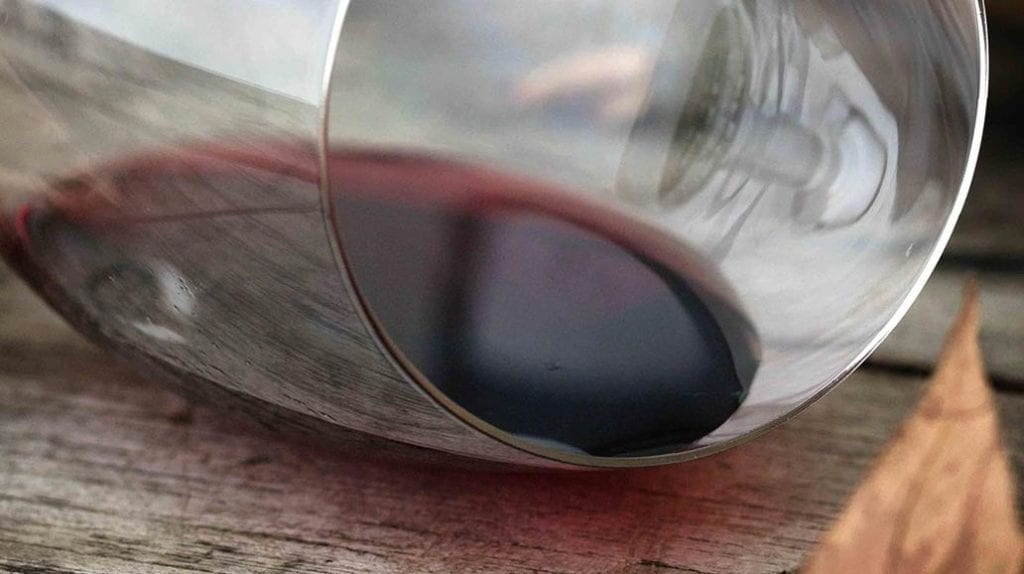We are excited to announce the launch of the Official Platter’s Guide Wine Experience in partnership with with JP Rossouw, the publisher of Platter’s South African Wine Guide & Rossouw’s Restaurant Guide. This is in perfect timing with the launch of the 2017 Guide and means that guests can now taste some of the most amazing wines selected by the esteemed panel of tasters. We were able to sit down with JP to get more info on the Guide, how it came to be and why it is considered the definitive resource for all South African wines.

Guest Interview: JP Rossouw
I joined the team at the end of 2013 as Edition 2014 was being launched. Diners Club had recently purchased the guide and I brought my Rossouw’s Restaurants Guide into the same stable. My experience so far has been very stimulating – I can tell you Platter’s is a task-and-a-half and luckily the core and expanded editorial team, led by Philip van Zyl, are dedicated professionals.
What was the original purpose and mission of the Platter’s Guide?
The original purpose remains the core of the guide today – to taste and comment on all the wines made in South Africa. From the first guide, published in 1980, the task has certainly grown! Today the tasting team looks at around 7,000 wines per edition from approximately 900 wine producers. The guide itself has grown from being 120 pages to 664 pages of editorial in 2017.
How do you think the Guide has helped put South African wines on the global wine map?
There are very few guides to wine with the heritage, track record and depth that Platter’s offers, making this a unique publication in the world of wine – or indeed of global publications. It’s longevity and integrity have definitely helped tell the fantastic story of South African wine as it offers a “central station” where people can learn about our wine.
How do the ratings differ from other systems like SAWi and Michelangelo?
Platter’s has a long tradition of using a Five Star scale, where Five Stars mean “Superlative. A South African Classic” and are equated to 95 points or more on the 100-point system. We also rate individual vintages of a wine against the “track record” of their previous three vintages – so a wine may have a “margin rating/track record” of 4.5 Stars but vintage 2015 may have been awarded Five Stars.
How are each of the official Platter’s tasters selected?
Most of our tasters have walked a long road with the guide. Angela Lloyd, for example, has been contributing for three decades. Our tasters are deeply experienced in South African wine, many are also wine professionals. Tasters are selected not only for their tasting ability but also their writing and communication skills and their insight into South African wine generally, as Platter’s is a guide, not a competition.
How do the Tasters go about tasting each of the wines and how do you prevent them from tasting bias?
Our team are allocated wineries on a three-year rotation and are asked to become very familiar with the wines and winery. As I mention, this is a guide, so the story of the winery needs to be told. This is why we taste sighted in the initial round – precisely in order to explain the wine and how it shapes against the intentions of the producer, the area and the vintage. When it comes the final round, the Five Star tasting is done blind because at this point we are not “telling the story” but identifying the best of the best within wine style.
What are some of the surprising or interesting trends you’ve seen emerge in the last few years of publishing the Guide?
Maturity of wine industry – big players raising their game as the “emerging” winemakers push the boundaries. The editor, Philip van Zyl, certainly feels that the biggest single development is the emergence of a younger generation intent on site expression through minimal intervention. Their toolkit includes old vines, heirloom varieties, interesting/neglected sites, early picking, older or no oak, skin contact and organics/biodynamics. Exciting times!

